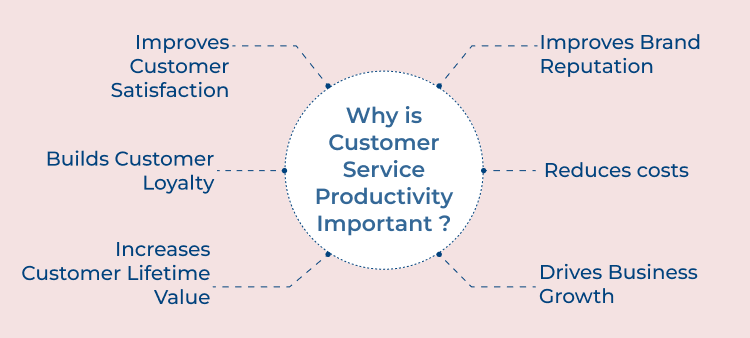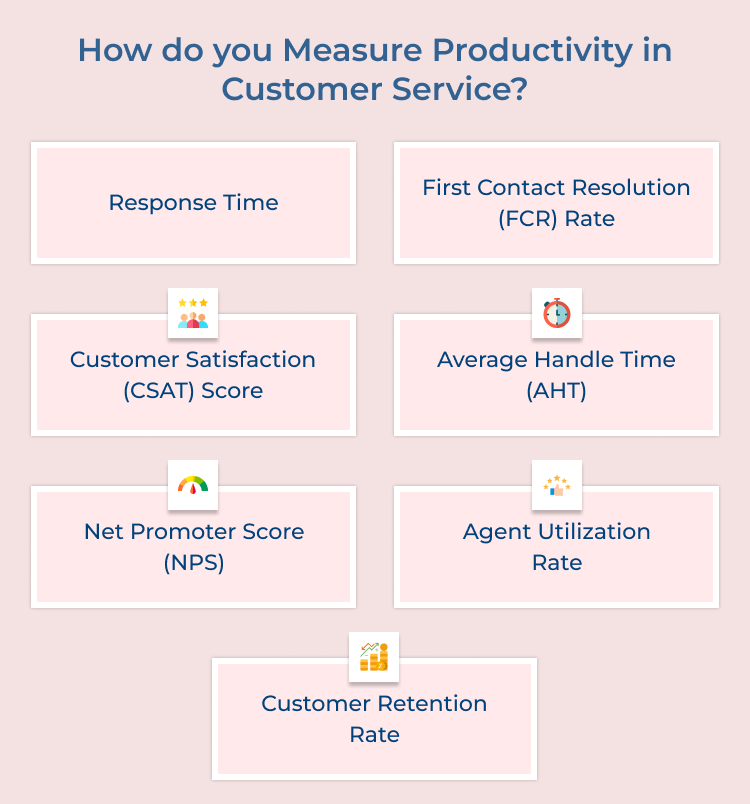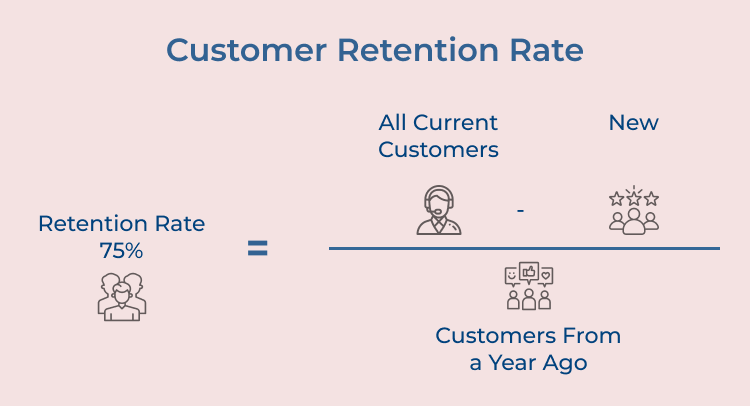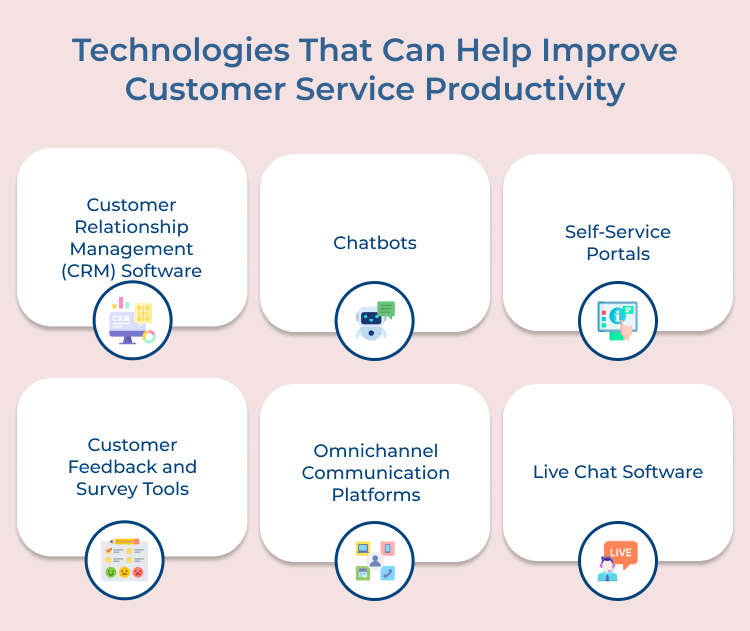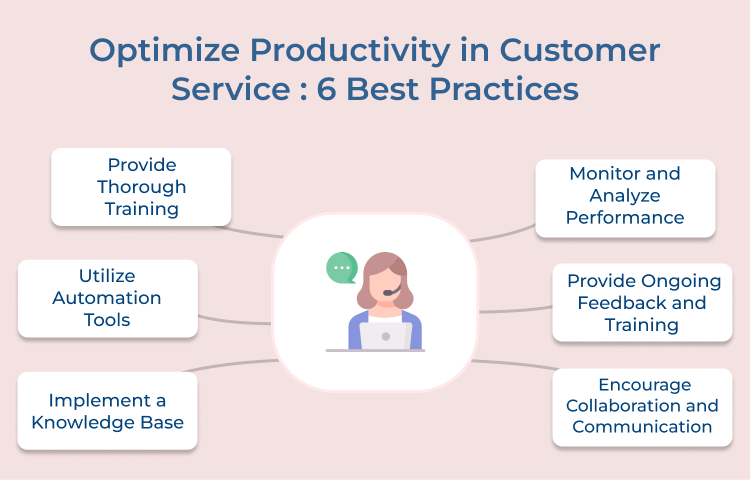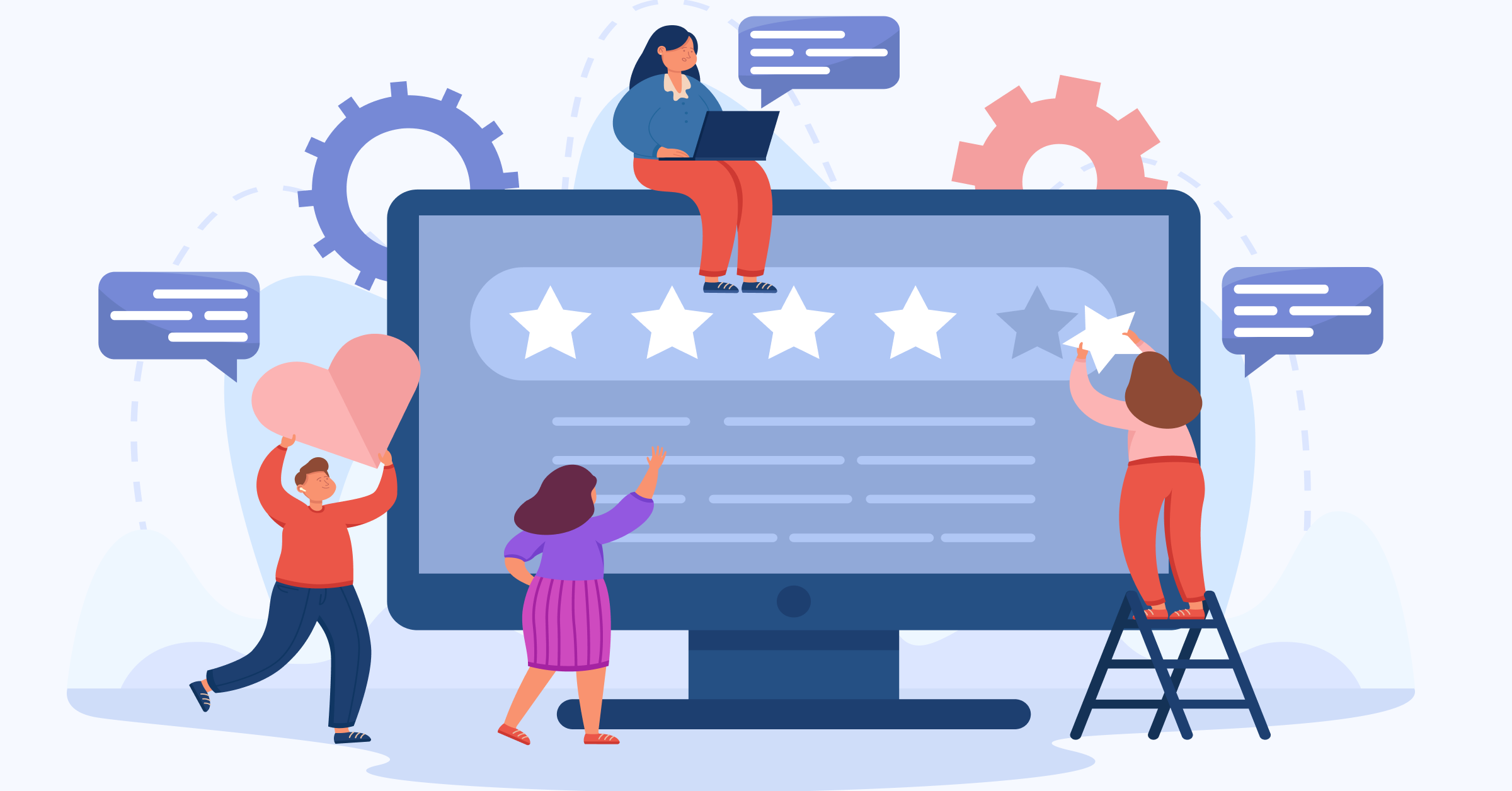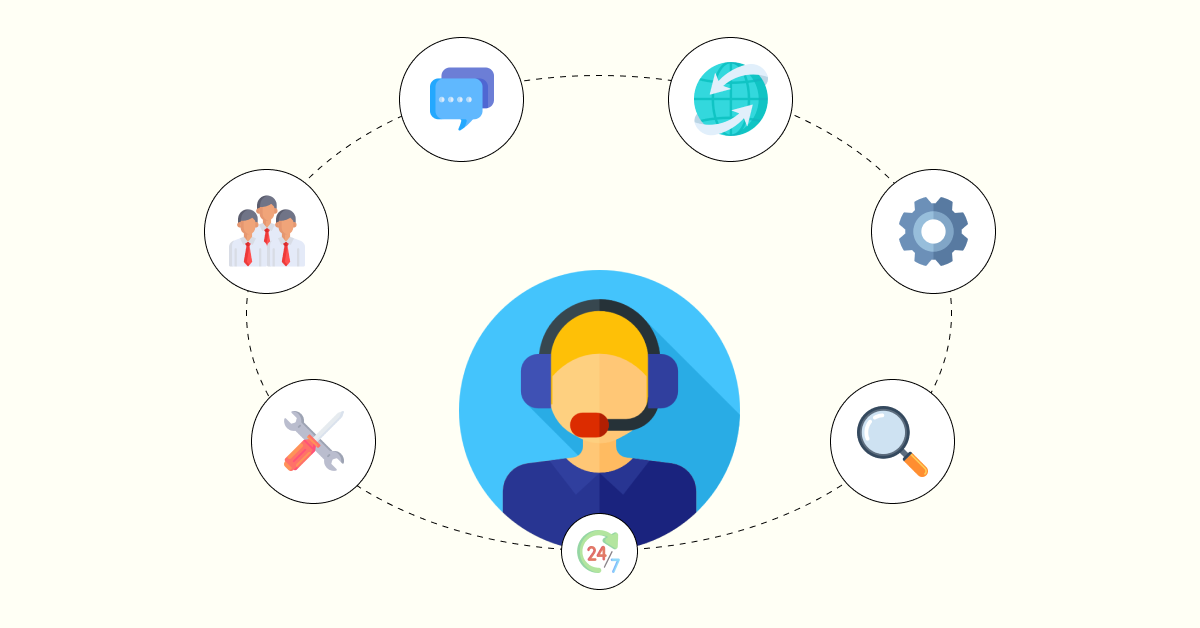1. Customer Relationship Management (CRM) Software
CRM software is a powerful tool that helps businesses manage customer interactions, track sales and streamline marketing activities. With a CRM system, businesses can easily access customer information, track customer interactions and personalize communication with customers. It not only improves customer service productivity but also enhances customer satisfaction.
2. Chatbots
Chatbots are automated programs that interact with customers in real-time through a chat interface. Chatbots can answer common customer queries, provide product information and even process simple transactions. By incorporating chatbots into their customer service strategy, businesses significantly reduce response times, handle a large volume of inquiries simultaneously and free up agents to focus on more complex customer issues.
3. Self-Service Portals
Self-service portals enable customers to find answers to common questions, troubleshoot issues and access information without the need for human intervention. Offering customers with self-service options improve customer service productivity, reduce support costs and empower customers to find solutions to their problems quickly as well as efficiently.
4. Customer Feedback and Survey Tools
Gathering customer feedback is essential for improving customer service. With feedback tools, businesses collect valuable insights and data from customers about their experiences with the brand. This feedback analysis helps businesses identify areas of improvement, address customer concerns, while also enhancing the overall customer service experience.
Omnichannel Communication Platforms
Omnichannel communication platforms enable businesses to interact with customers across multiple channels, such as phone, email, chat, social media and SMS. Providing seamless as well as consistent communication experiences enhances customer engagement, provides personalized service and improves customer loyalty.
Live Chat Software
Live chat software enables businesses to communicate with customers in real-time through their website. Customers can ask questions, receive assistance and resolve issues quickly. Live chat software provides instant support to customers, reducing the need for them to wait on hold or send emails. Customer service representatives can handle multiple chat conversations simultaneously, increasing efficiency and productivity.
Optimize Productivity in Customer Service : 6 Best Practices
Customer service is the first point of contact when they face any hurdles with the products or service.
